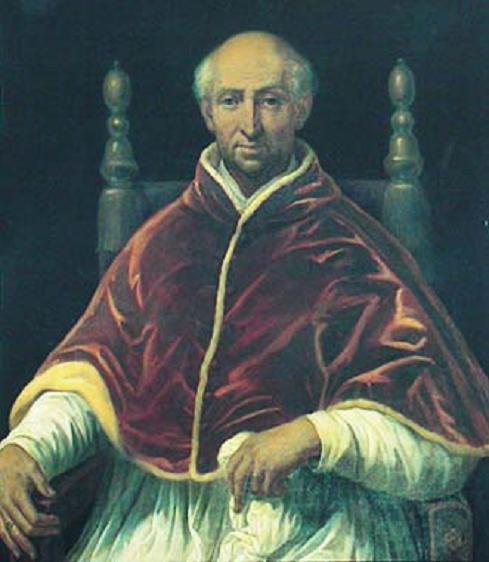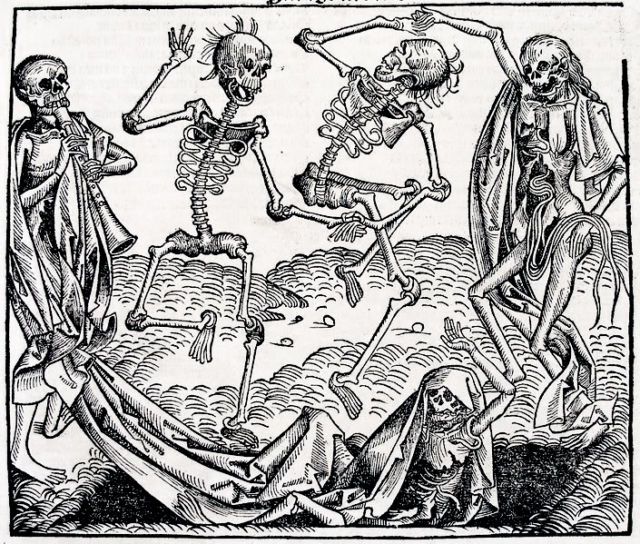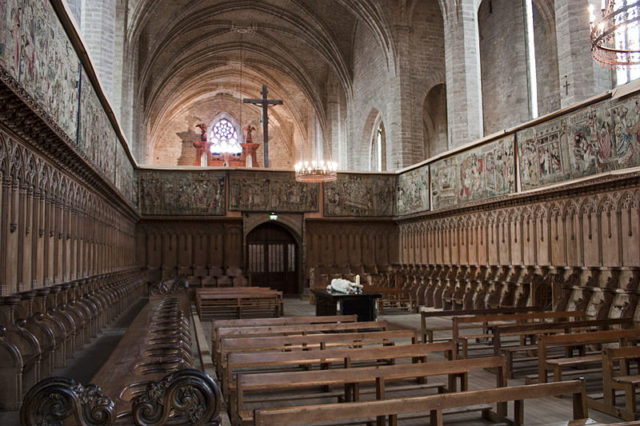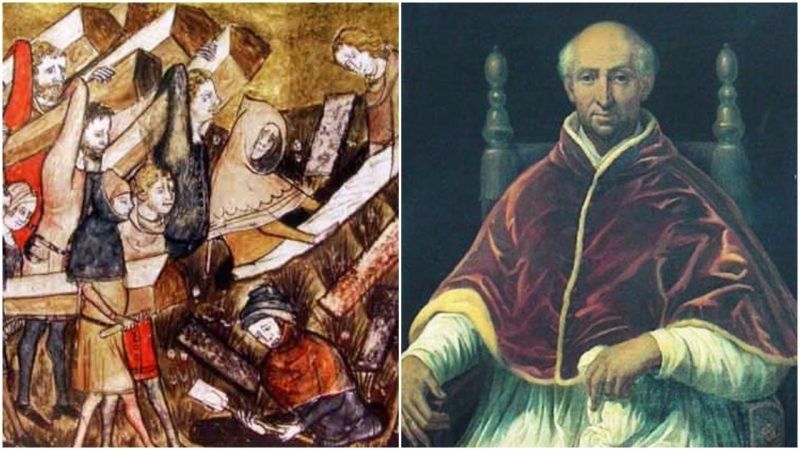In the early 14th century, the papal court moved from Rome to the French city of Avignon; seven successive popes governed the Roman Catholic Church from there.
The popes that resided in Avignon were under the heavy influence of the French kings: the famous Italian poet Petrarch referred to this period as the “Babylonian Captivity of the Church,” referencing the unfortunate Jewish exile to Babylon in ancient times.

One of the popes who resided in Avignon was Pope Clement VI, who had the misfortune to be on the papal throne at the time of the first appearance of the Black Death. The plague pandemic spread through Eastern Asia and the Middle East in 1347 and culminated in Europe, where almost two-thirds of the population succumbed to the deadly virus. The pandemic was so devastating that the world as a whole needed over 300 years for the population to return to pre-plague levels.
Although Pope Clement VI attributed the plague to divine wrath, like many theologians of the time, he undertook measures that saved both himself and many people from certain death. He consulted prominent physicians and astronomers, and some of them advised him to surround himself with torches, as fire would protect him from the infection. This actually worked, not because of the alleged esoteric properties of fire, but because heat prevented the infected fleas from reaching his body, and he never contracted the disease.

In 1349, the plague killed so many people in Avignon that the city ran out of ground for cemeteries; many bodies were exposed in the street and they contributed to the spread of the disease. Clement VI found a way to clear the streets and save the minority of citizens who were not infected: he consecrated the entire Rhone River so that the infected remains could be thrown into the water and carried away by the current.

At the time when the plague reached Europe, a rumor spread that the Jews were to blame for the pandemic, and Roman Catholics across Europe began killing Jews.
Clement VI reacted to this and issued two papal bulls in 1348, in which condemned the violence against the Jews and proclaimed that all who blamed the Jews for the plague were seduced by the Devil. He urged the clergy to spread his message in order to stop further killings of the Jews.

Another unprecedented move by Clement VI marked him as one of the most progressive popes of the Middle Ages and a man who truly cared for the well-being of all people.
He granted remission of sins to all people who died of the plague, regardless of their gender, age, race, or religious beliefs.
